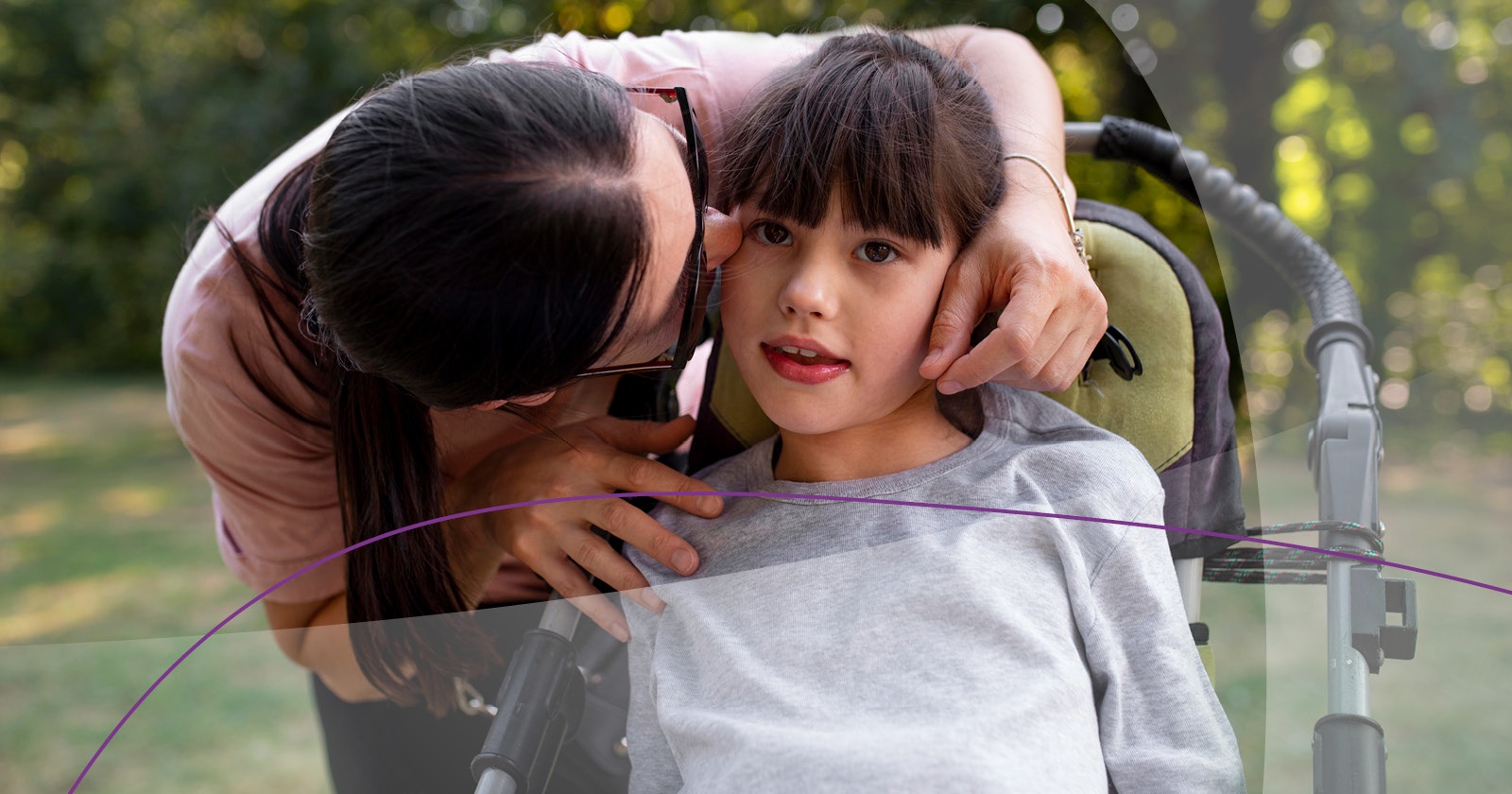Is healthcare inequality reflected in the prevalence of cerebral palsy?

March marks cerebral palsy awareness month; an opportunity to celebrate the lives of adults and children affected by cerebral palsy and to raise awareness of issues relating to this condition.
A recent review designed to tackle ethnic health inequality in the NHS has revealed stark disparities in care within maternal and neonatal health. Therefore, during cerebral palsy awareness month, I wanted to dig deeper into whether this inequity in healthcare is reflected in the prevalence of cerebral palsy in our communities.
Ethnic Inequalities in Maternal and Neonatal Healthcare
The NHS Race and Health Observatory is a research body designed to assist the NHS in tackling inequalities in health among ethnic minority groups.
On 14 February 2022, the Observatory published a landmark review Ethnic Inequalities in Healthcare: A Rapid Evidence Review, the findings of which led the Director of the Observatory, Dr Habib Naqvi, to conclude:
“This report is the first of its kind to analyse the overwhelming evidence of ethnic health inequality through the lens of racism. A process that, until recently, our leaders have shied away from…There is no excuse for inaction”
The review found evidence of widespread ethnic inequalities within maternal and neonatal healthcare. A particular theme was communication and for women with limited English language, the lack of accessible and high-quality interpreting services was recognised as a common issue.
Another consistent theme was women experiencing disrespect, discrimination, and cultural insensitivity. Both themes were addressed in the Observatory’s recommendations for:
-
“Renewed and serious efforts to ensure ready access to high quality interpreting services and translated and audio format health promotion materials.
-
A serious commitment…to tackle racist attitudes and behaviours among healthcare staff and address structural dimensions of NHS systems that discriminate against ethnic minority women and their babies."
How are ethnic inequalities in healthcare reflected in the prevalence of cerebral palsy?
Intrigued and dismayed by the findings of this review, during cerebral palsy awareness month, I wanted to delve into whether this inequality across ethnic groups is reflected in the prevalence of cerebral palsy in the UK.
Cerebral palsy is an umbrella term used to describe disorders of movement as a result of damage to the brain or genetic abnormalities. There are different types of cerebral palsy, depending on where the brain is damaged and the severity of the damage. Cerebral palsy is the most common cause of physical disability in children and young people in the developed world and in the UK around 1 in 400 babies are born with cerebral palsy.
Although the overall incidence and prevalence of cerebral palsy in the UK is well documented, my attempts to explore this issue has led me to conclude that the varying prevalence of cerebral palsy across different ethnic groups is poorly researched and documented. In 2019 Carter el al published an article which concluded:
“In England and Wales, coding of CP in routine data is infrequent, inconsistent, non-specific and difficult to isolate from conditions with similar physical signs.”
I did, however, find an American article by Wu et al which reviews the racial, ethnic and socioeconomic disparities in the prevalence of cerebral palsy in California. This study found that overall, Black infants in California were 29% more likely to have cerebral palsy than White infants. Both low birth weight and prematurity are associated with cerebral palsy and this study suggests that the increased risk of cerebral palsy among Black infants is explained by increased rates of low birth weight and prematurity among Black infants.
So why are Black babies more likely to be born premature or smaller? According to the study the commonly cited explanations for these racial disparities are maternal education, socioeconomic status and genetic differences. However, the findings of the NHS Race and Observatory Review would suggest this is not the whole picture.
I have the enormous privilege of working with children in England and Wales affected by cerebral palsy, supporting them in seeking compensation in circumstances when their brain damage has been caused by substandard care. Often in cases of substandard care, the damage to the brain is a result of a shortage of oxygen when there has been a delay in delivery following emergencies such as fetal distress; cord prolapse; shoulder dystocia; or twin to twin transfusion syndrome.
In 2003 a review by the American College of Obstetricians and Gynaecologists found that among normal birth weight and term infants, Black and Hispanic groups had a significantly increased risk of cerebral palsy caused by a shortage of oxygen at birth. Furthermore, according to the 2011 census, ethnic minority groups made up just 14% of the population in England and Wales, yet among the families I support, over 30% are from ethnic minority groups. The fact that this 30% comes from 14% of the population suggests to me that something is not right.
Are there other factors at play such as a socio-economic factors? Possibly. Is there “overwhelming evidence of ethnic health inequality through the lens of racism?” According to the NHS Race and Health Observatory, probably.
The NHS Race and Health Observatory have shone light on an important issue which touches on all our lives. In the words of Dr Naqvi there is “no excuse for inaction” and with the hope that the NHS will implement the recommendations of this review, let us look forward to a future where this disparity in cerebral palsy across different ethnic groups is erased forever.
If you have any questions for our specialist medical negligence solicitors, please contact us today or find out more about our cerebral palsy claims expertise.
Call now









